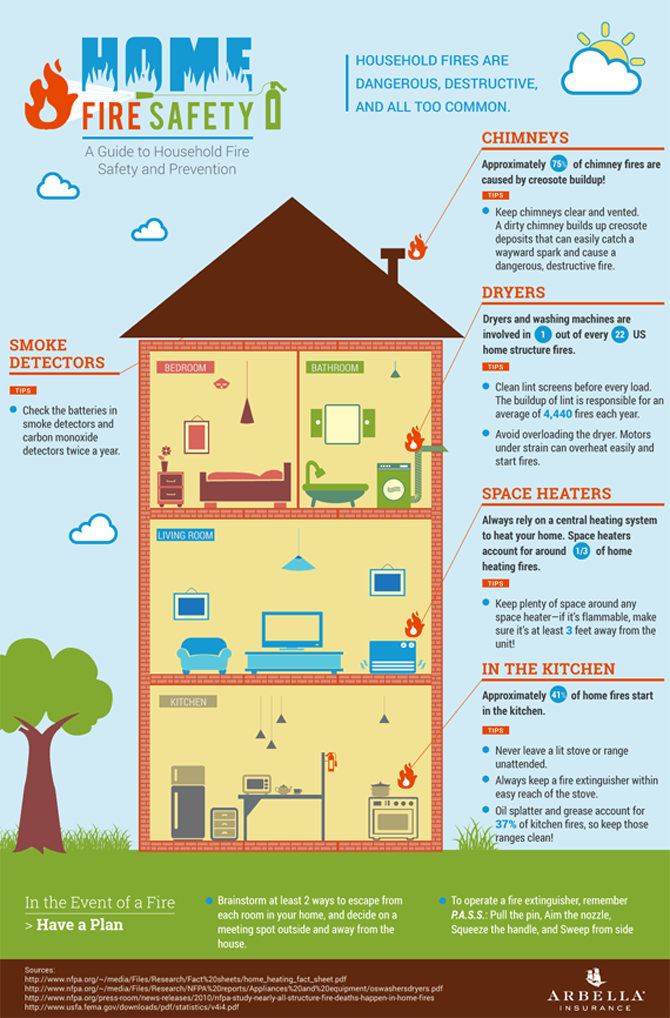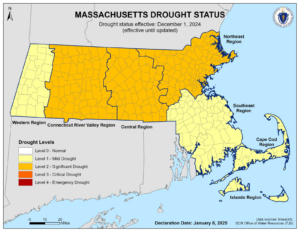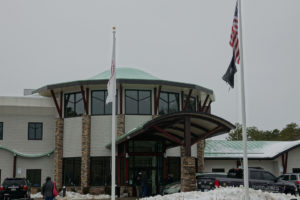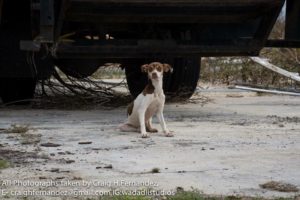Sitting around a cozy, warm fire can be a wonderful experience for a family. But that experience can quickly turn to tragedy if you don’t follow some simple do’s and don’ts of fireplace safety.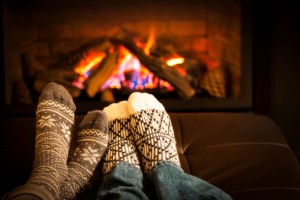
There are several steps you should take before ever lighting a fire:
- Have your fireplace and chimney inspected and cleaned annually. Both should be properly vented and free of any blockage.
- Put a guard on top of your chimney to keep out birds and small animals. The guard will also shield sparks that could set your roof on fire.
- Keep newspapers, magazines, rugs and carpeting a safe distance away from the fireplace.
- Remove any holiday decorations from the fireplace and mantle before lighting a fire. Decorations can easily ignite.
- Teach children to stay away from the fireplace.
- Be sure that an adult is in the room at all times when a fire is burning.
- Keep a fire extinguisher handy in case of an emergency.
There are also some things you should never do when you light a fire:
- Never burn charcoal in your fireplace because it produces carbon monoxide, which is deadly.
- Never light a fire without enclosing the fireplace’s opening with glass doors or a sturdy screen. This will prevent sparks from escaping that could ignite curtains or furniture.
- Never close the flue while a fire is still smoldering because it could result in a build up of carbon monoxide.
- Never use gasoline, kerosene or lighter fluid to start a fire. Burn only dry, seasoned hardwood.
- Never light a fire with anything other than long-stemmed matches.
If you have a small, self-contained fire you can use a home fire extinguisher to put it out. Your local fire department can train you how to use it properly. Whenever extinguishing a fire, be sure to keep your back to a safe exit so that you can escape if necessary.
If a large fire breaks out, act immediately because smoke and flames will spread quickly. You and your family should leave the house at once. Don’t stop to call the fire department and don’t try to extinguish the fire yourself. Fumes overcome most victims long before flames do. If you must go through the smoke to escape, get down on your hands and knees on the floor and crawl with your body as low to the floor as possible. Keep your head about 12-24 inches above the floor. After you and your family are safely out of the house, call the fire department from a neighbor’s home.
To ensure your family’s safety, conduct periodic fire drills. Know your safest escape route and be sure you and your family have a designated meeting place outside the house. And finally, practice crawling out of a room so that everyone knows exactly what to do if the need ever arises.
Take a look at this awesome infographic about Fire Safety!
